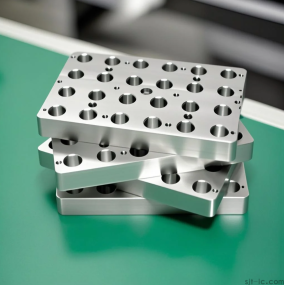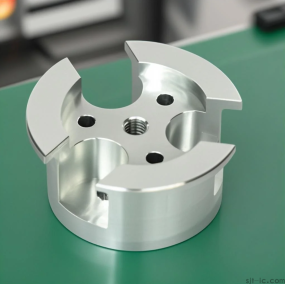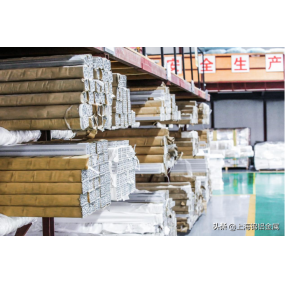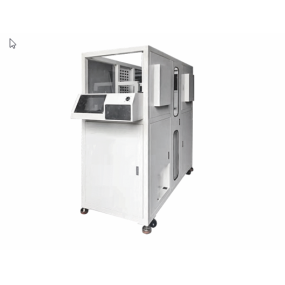Electric control cabinet Sheet Metal Processing is a key processing technology, because it involves the manufacture of electrical equipment and the operation of the system. When performing electric control cabinet sheet metal processing, it is necessary to pay attention to many details in order to ensure the quality and performance of the workpiece. Electric control cabinet sheet metal processing, what are the details that need to be paid attention to? The sheet metal processing manufacturer‘s editor summarizes.
The following is my summary of the details that need to be paid attention to in the sheet metal processing of electric control cabinets:
 1. Determine the processing materials before design
1. Determine the processing materials before design
Before sheet metal processing of electric control cabinets, the materials used must be considered first. For example, if you want to produce fire-resistant and corrosion-resistant electric control cabinets, stainless steel materials should be selected.
2. Familiar with sheet metal processing standards
Electric control cabinet sheet metal processing should follow national and industry standards. Such as GB/T6892-2006, etc. Understanding the standards can help us better grasp the sheet metal processing technology and production requirements to ensure that the products produced meet the specified technical level and improve the market competitiveness of the products.
3. Choose the material thickness reasonably
In the sheet metal processing of electric control cabinets, the thickness of the material directly affects the quality and performance of the product. If it is too thin, it may lead to insufficient strength of the electric control cabinet; if it is too thick, raw materials will be wasted. Therefore, when choosing sheet metal materials, the appropriate thickness should be selected, especially the choice of thin plates, and the driving should be carried out according to the actual situation to balance the service life and cost.
4. Customized samples should be accurate
For the production of electric control cabinets, accurate measurements are required when formulating samples. This can ensure the consistency of the size and design of the plate. For special samples, special processing such as hollow molding should be carried out.
5. Determine the location of solder joints
During the sheet metal processing of the electric control cabinet, it is necessary to determine the solder joints and connection methods to ensure the stability and safety of the electric control cabinet.
6. Flat processing sheet
During the sheet metal processing of electric control cabinets, the flatness of the plates should be ensured to avoid deformation or extreme distortion of the plates.
7. Treatment quality and surface treatment standards
After completing the sheet metal processing of the electric control cabinet, quality inspection and surface treatment are also required. These treatments can be treated by cutting, grinding, mirror polishing and other methods to ensure that the surface of the product is flat, clear and bright to meet the requirements.
8. Leave appropriate intervals
During sheet metal processing, appropriate spacing must be left. If the plate spacing is too small, it may not be fully installed during installation, affecting the use effect.
Overall, understanding these details can make the sheet metal processing of electric control cabinets more efficient, accurate and economical. At the same time, it also avoids safety hazards and product quality problems in the later use process.


 Spanish
Spanish Arabic
Arabic French
French Portuguese
Portuguese Belarusian
Belarusian Japanese
Japanese Russian
Russian Malay
Malay Icelandic
Icelandic Bulgarian
Bulgarian Azerbaijani
Azerbaijani Estonian
Estonian Irish
Irish Polish
Polish Persian
Persian Boolean
Boolean Danish
Danish German
German Filipino
Filipino Finnish
Finnish Korean
Korean Dutch
Dutch Galician
Galician Catalan
Catalan Czech
Czech Croatian
Croatian Latin
Latin Latvian
Latvian Romanian
Romanian Maltese
Maltese Macedonian
Macedonian Norwegian
Norwegian Swedish
Swedish Serbian
Serbian Slovak
Slovak Slovenian
Slovenian Swahili
Swahili Thai
Thai Turkish
Turkish Welsh
Welsh Urdu
Urdu Ukrainian
Ukrainian Greek
Greek Hungarian
Hungarian Italian
Italian Yiddish
Yiddish Indonesian
Indonesian Vietnamese
Vietnamese Haitian Creole
Haitian Creole Spanish Basque
Spanish Basque











